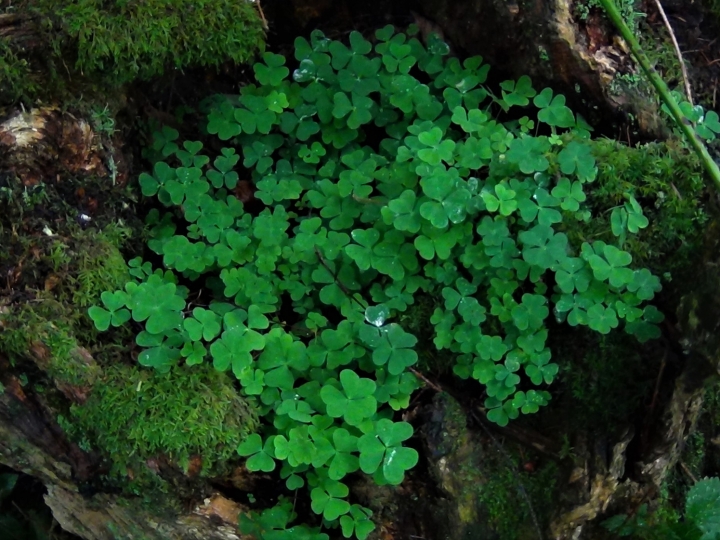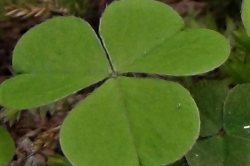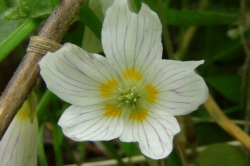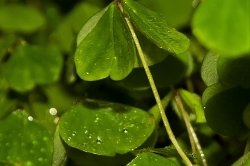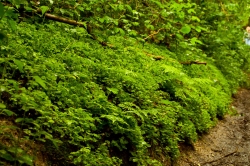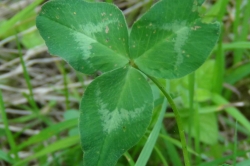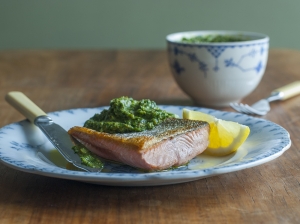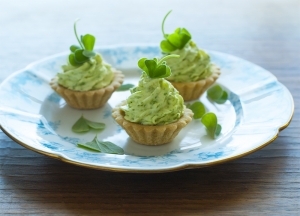Your basket is currently empty!
Home / Hedgerow Guide /
Wood Sorrel
Wood Sorrel
A wonderful find when walking through woodland at almost any time of year.
| Hedgerow Type | |
| Common Names | Fairy Bells, Wood Sour, Cuckoo’s Meat |
| Scientific Name | Oxalis acetosella |
| Season Start | Jan |
| Season End | Dec |
Leaves
Three heart shaped leaves with a perpendicular stem descending from the middle, a little like clover. The leaves ‘wilt’ or close at night or if conditions are harsh.
Habitat
Woodland floors and hedgerows and almost anywhere damp and shady that has been undisturbed for a long period of time.
Possible Confusion
Clover, pictured, but this is edible in small amounts and in no way has the citrus/apple peal taste of Wood Sorrel. Clover is plant of grassland and the mature leaves don’t have a heart shape.
There are many different members of the Oxalis family and several of them are called Wood Sorrel. All green leaved varieties are edible. This includes Pink-sorrel and similar species with pink flowers and larger leaves, as well as yellow flowered species that are fairly common in flower beds.
There is a small purple variety called Creeping Wood Sorrel which is common in many gardens growing between cracks and plant pots but it is sometimes mentioned as an hyper-accumulator of copper.
Taste
Sharp and sour something like apple peel and lemon, very pleasant when thirsty.
Frequency
Common in established woodland.
Collecting
The leaves, stem and flowers of this little plant are edible.
It contains oxalic acid so it should be consumed in moderation.
Medicinal Uses
Wood sorrel was used in the past for treating scurvy due to its high vitamin C content. American Indians used related plants for many purposes like cramp, nausea, fever and soreness.
Other Facts
Sorrel comes from French where it means sour. A real thirst quencher when out walking in the woods or sprinkled in a salad.
All members of the Oxalis family contain oxalic acid and should not be eaten in large quantities but to put it in perspective, there is oxalic acid in chocolate, coffee, pulses and many other foods and they don’t come with a warning.



